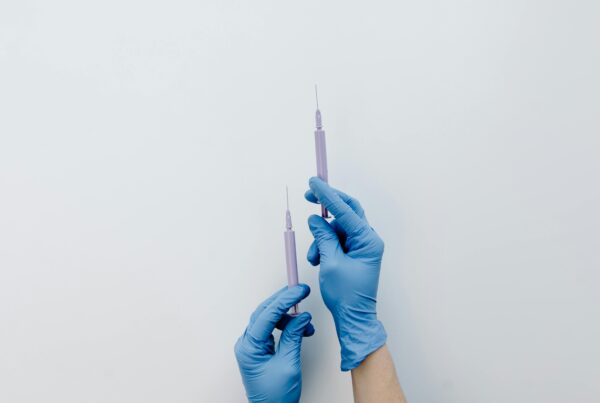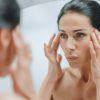Exosomes – the latest buzzword in the beauty industry. Known for their ability to heal and regenerate, exosomes help to reduce the appearance of fine lines, boost hydration, increase collagen, and improve skin laxity. They are only just starting to find their way from in-practice to at-home products. Are exosomes just hype, or are they the new frontier in skincare?
What exactly are Exosomes?
In skin care, exosomes are known for their regenerative and anti-inflammatory properties. They are nano-sized extracellular vesicles that contain bioactive proteins, growth factors and nucleic acids. Essentially, exosomes are small messenger molecules that help different cells in your body communicate.
In aesthetic medicine, these messages translate into action: prompting skin cells to repair, stimulate collagen production, and restore elasticity. Think of it as the skin’s own language of regeneration.
From hydration to regeneration – what are the benefits?
The past few years have seen hydration take centre stage when it comes to skincare. Ingredients like hyaluronic acid have become staples, with a focus on plumping and protecting the skin barrier. But we’re entering a new chapter, one that goes beneath the skin surface.
Hydration addresses the symptoms of aging, while exosomes target the cause. They activate the fibroblasts in our skin, the cells responsible for producing collagen and elastin. The result is not just better-looking skin, but biologically younger skin.
How to incorporate exosomes into your skincare regime
Exosomes are particularly popular in aesthetics and can be used to speed up healing time after certain procedures. Typically, the concentrated serum is applied to the skin after laser therapy or microneedling allowing the exosome serum to absorb into the skin.
Separating the science from hype
Despite the growing buzz, not all exosome therapies are equal. Their effectiveness depends on the source of the exosomes, how they’re processed, and whether they’re backed by robust clinical evidence. The science is promising, but it’s also still emerging. What matters now is a responsible, research-led approach. We need to focus on protocols that are safe, regulated, and genuinely beneficial for patients.
We have been using it in our practice for the last year and so far the anecdotal evidence is impressive. Furthermore, we have noticed accelerated healing times and a significant improvement in overall skin condition and youthfulness.
Want to know more?
In this age of skincare, beauty and health trends and endless product options that are available at our fingertips, it’s easy to fall into the trap of thinking more is better. Many people invest significant time and money in the pursuit of flawless, glowing skin. However, there are some skincare habits that are less favorable and have a negative impact on your skin health. I investigated Common Skincare Habits Doing More Harm than Good.



![women [longevity live]](https://longevitylive.com/wp-content/uploads/2020/01/photo-of-women-walking-down-the-street-1116984-100x100.jpg)










